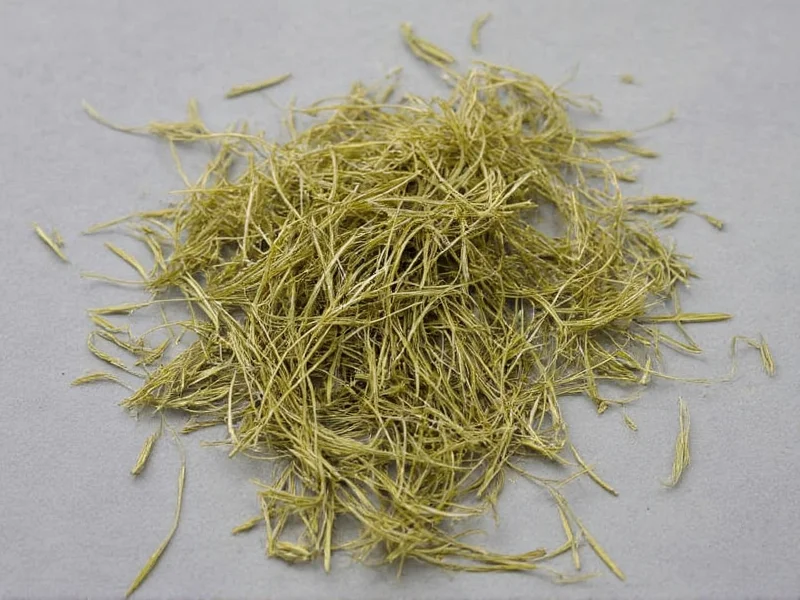Dried dill serves as a versatile pantry staple for home cooks and professional chefs seeking consistent flavor in dishes requiring extended cooking times. Unlike its fresh counterpart, dried dill undergoes a dehydration process that removes moisture while concentrating essential oils, resulting in a more intense but slightly different flavor profile. This transformation makes dried dill particularly valuable for spice blends, pickling recipes, and dishes simmered for hours where fresh herbs would lose their delicate character.
Understanding Dried Dill Characteristics
Dried dill maintains the distinctive anise-like, grassy notes of fresh dill but develops earthier undertones during the drying process. The flavor concentration means you'll need less dried dill than fresh to achieve comparable taste impact. Properly dried dill should exhibit a uniform green color without signs of browning, which indicates oxidation and flavor degradation. When stored correctly in airtight containers away from light and heat, quality dried dill maintains optimal flavor for 1-2 years, significantly longer than fresh dill's 7-10 day refrigerator shelf life.
Dried Dill vs Fresh Dill: Key Differences
The moisture removal during drying fundamentally alters dill's chemical composition, affecting both flavor intensity and culinary behavior. Dried dill releases its flavor compounds more slowly but consistently throughout cooking, making it superior for braises, stews, and baked goods. Fresh dill, with its higher moisture content, provides brighter, more volatile aromatic compounds best added at the end of cooking or used raw in salads and dips. Understanding these differences helps home cooks make informed decisions about which form to use for specific recipes.
| Measurement | Fresh Dill Equivalent | Dried Dill Equivalent | Best Used For |
|---|---|---|---|
| 1 tablespoon | 1 tablespoon | 1 teaspoon | Salads, dips, finishing touches |
| 1/4 cup | 1/4 cup | 4 teaspoons (1 1/3 tbsp) | Cold dishes, dressings |
| 1/2 cup | 1/2 cup | 8 teaspoons (2 2/3 tbsp) | Pickling, sauces, marinades |
| 1 cup | 1 cup | 16 teaspoons (5 1/3 tbsp) | Long-cooking dishes, spice blends |
Optimal Culinary Applications for Dried Dill
When incorporating dried dill into recipes, timing matters significantly. For soups, stews, and braises, add dried dill during the last 30-45 minutes of cooking to preserve volatile flavor compounds. In baking applications like dill bread or crackers, mix dried dill directly into dry ingredients for even distribution. Pickling enthusiasts will appreciate that dried dill holds up better than fresh in vinegar-based solutions, maintaining consistent flavor throughout the preservation process. The concentrated nature of dried dill makes it particularly effective in dry rubs for fish and poultry, where moisture would compromise the desired crust formation.
Proper Storage Techniques for Maximum Freshness
To extend dried dill's shelf life and preserve flavor intensity, store it in an airtight glass or metal container away from direct light and heat sources. Avoid plastic containers which can retain moisture and accelerate degradation. The ideal storage temperature ranges between 50-70°F (10-21°C). Check your dried dill periodically by rubbing a small amount between your fingers - if it doesn't release a strong aroma, it's time for replacement. Never store dried herbs above the stove or near dishwasher vents where temperature and humidity fluctuations occur frequently.
Nutritional Profile and Health Considerations
Dried dill concentrates certain nutrients through the dehydration process while losing some water-soluble vitamins. It remains a good source of calcium, manganese, and vitamin A in concentrated form. The antioxidant levels in dried dill remain relatively stable when properly stored, though prolonged exposure to light and air will diminish these beneficial compounds. For those monitoring sodium intake, dried dill offers a flavorful alternative to salt in many applications. Note that the drying process doesn't significantly alter dill's natural compounds, so those with allergies to fresh dill should exercise similar caution with dried varieties.
Selecting Quality Dried Dill
When purchasing dried dill, look for vibrant green color without yellow or brown specks which indicate age or improper drying. Crush a small amount between your fingers - high-quality dried dill should release a strong, characteristic aroma immediately. Avoid products with visible stems or excessive leaf fragments, as these indicate poor processing. For maximum freshness, consider purchasing from retailers with high turnover rates or buying in smaller quantities more frequently. Organic dried dill often demonstrates better flavor preservation due to stricter processing standards that avoid harsh chemical treatments.











 浙公网安备
33010002000092号
浙公网安备
33010002000092号 浙B2-20120091-4
浙B2-20120091-4